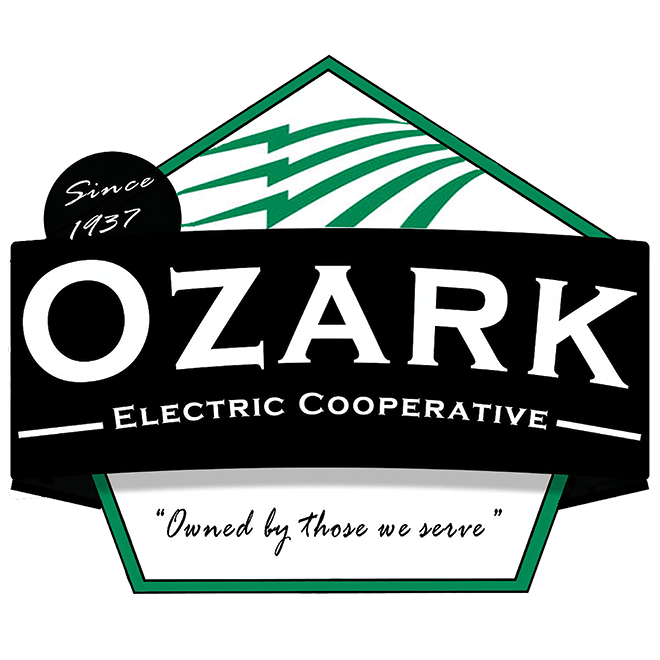Understanding Demand
What is Demand?
Demand is the maximum amount of power (kW) drawn for any given time interval during the billing period at your location. The demand is reset each month after the billing cycle at your location. The meter captures the highest demand at your location each month averaged from a 15-minute block. This demand is then listed on the monthly billing. Once the billing cycle is processed the demand is reset and the meter captures the next months information. We encourage you to monitor the demand at your location on SmartHub.
Putting the Power in Your Hands

To reduce your demand charge going forward, consider adjusting appliance usage. We encourage you to level your load, and spread out the use of major appliances rather than running them all at the same time. Consider setting a timer to run your dishwasher, washer and dryer and other appliances.
Who Benefits from Demand?
Members who avoid the simultaneous use of electrical appliances at the same time will save. As a member-owned electric Cooperative, our goals are quite simple: to provide safe, reliable, low-cost power and to treat all members fairly. We hope that this rate structure will help our members use energy wisely. The reality is, when we all use less energy at once, we all save money.
Demand FAQ
Co-op 101 Presentation
View the video below from the Co-op 101 event hosted on Monday, September 9. The video also includes a demand demonstration presented by Ryan Post, Board Director (District 5) and Drew Meier, Meter Technician for Ozark Electric. That presentation can be found at the 1:08:40 mark in the video. Due to the nature of the presentation and the Q&A format, some audience questions may be hard to hear. We recommend adjusting your volume settings and/or turning on the subtitles/closed captions at the bottom right of the video.
Rate Change Effective April 2025 Billing Cycle

